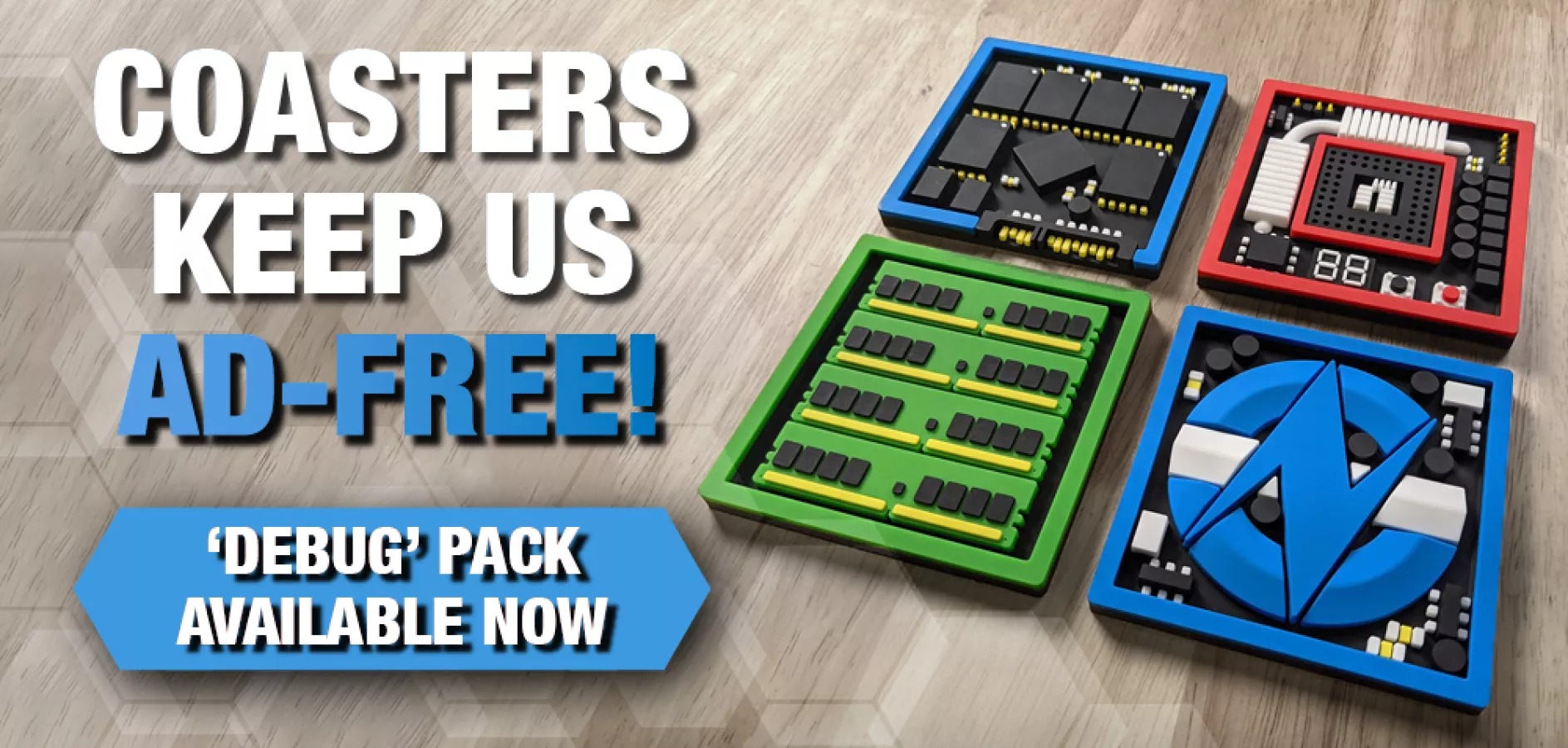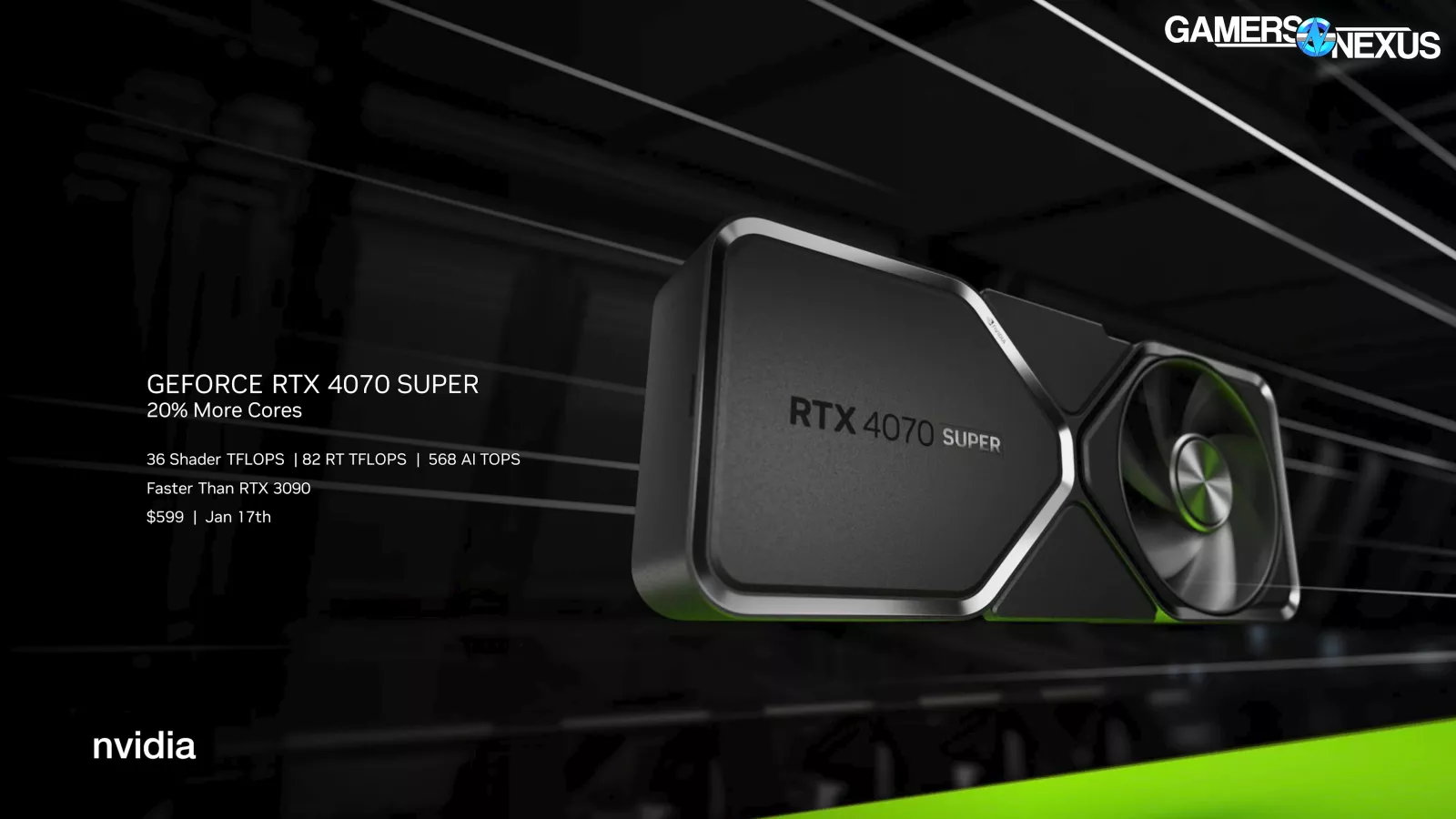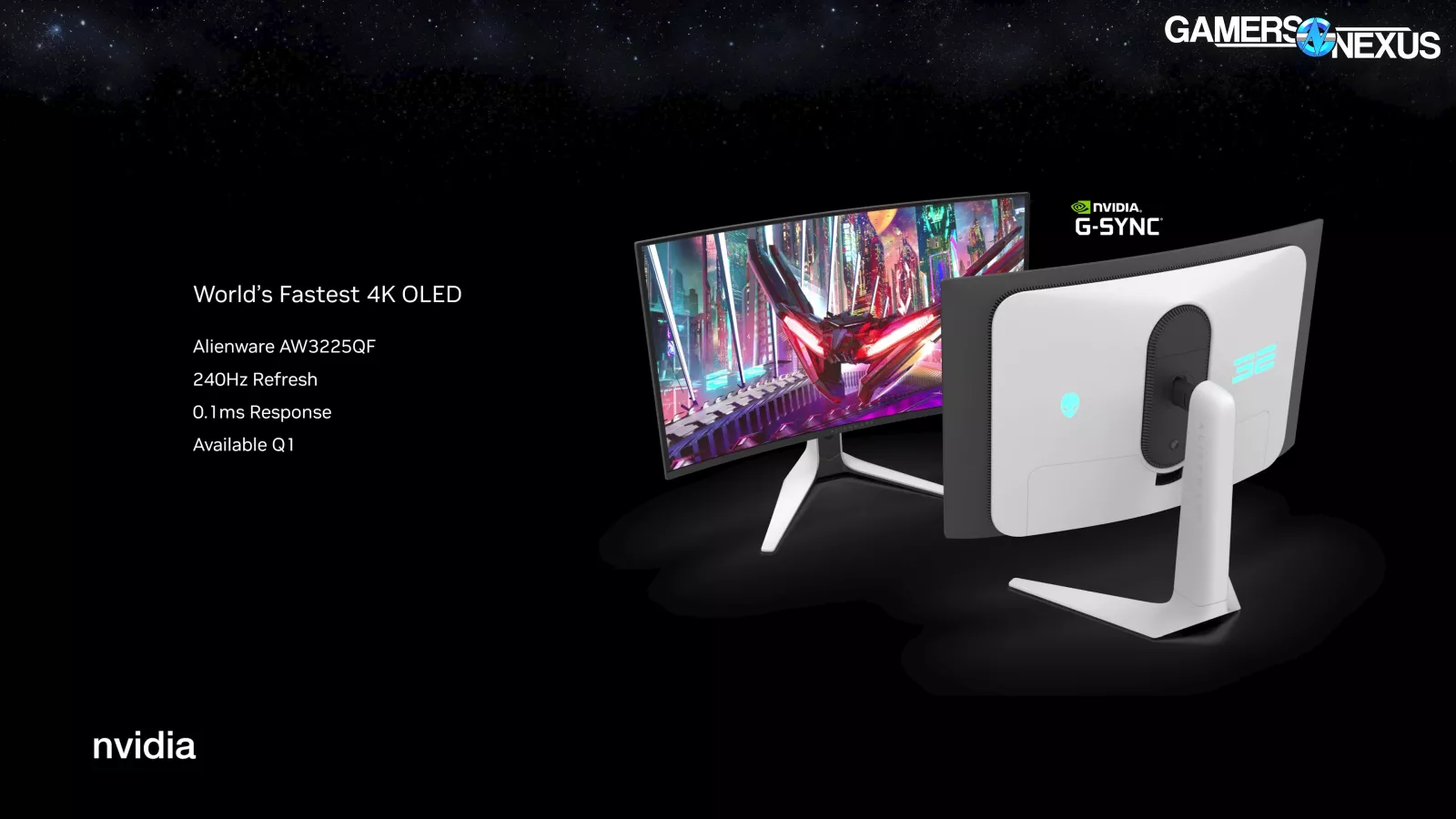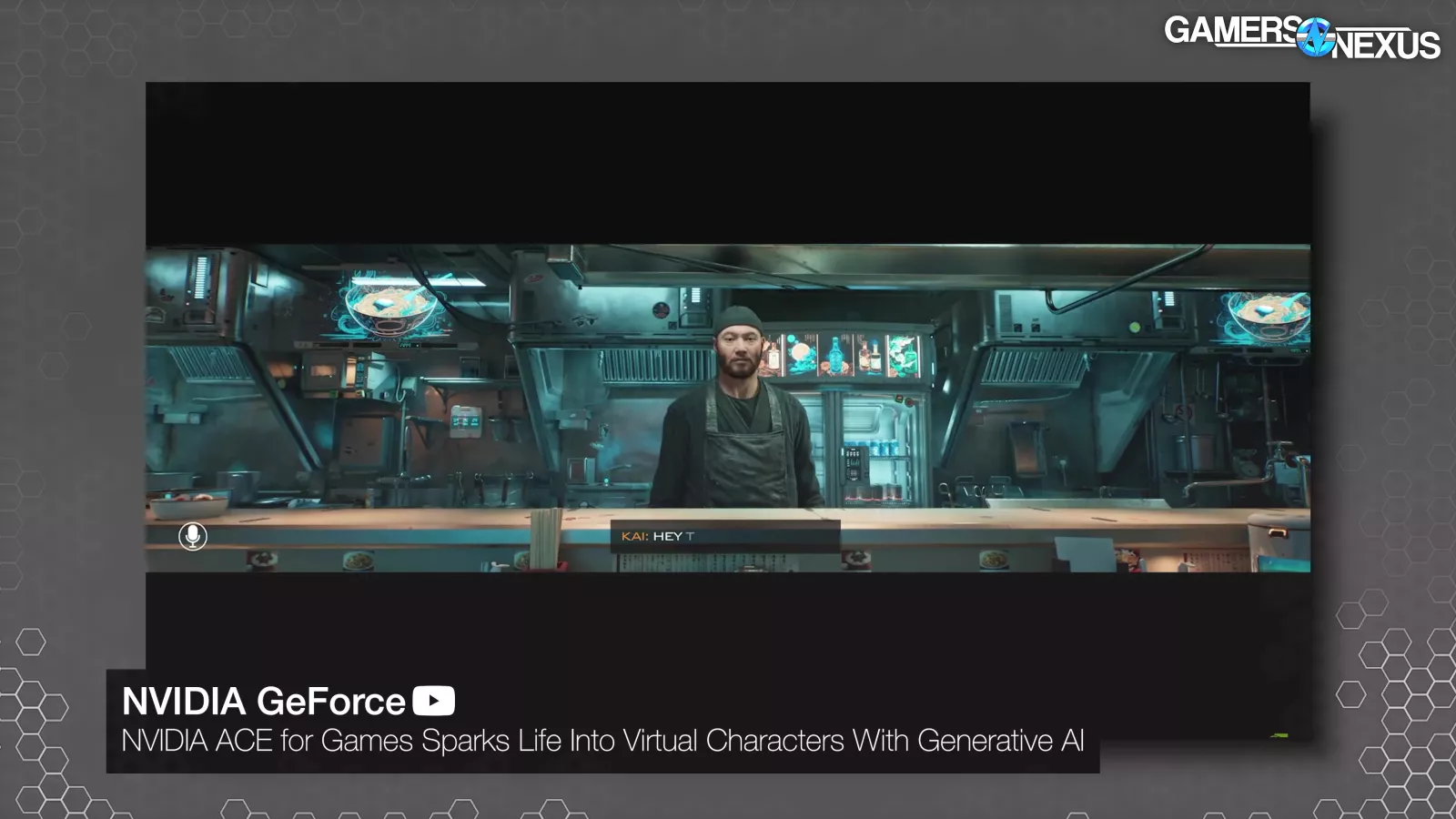
Coming out of CES, NVIDIA announces the RTX 4070 Super, 4070 Ti Super, and 4080 Super
The Highlights
- The RTX 4070 Super costs $600, the RTX 4070 Ti Super costs $800, and the RTX 4080 Super costs $1,000
- The RTX 4080 and RTX 4070 Ti will be leaving the market
- The 4080 Super offers superior specs compared to the original 4080 and costs less
- The 4070 Ti Super has more memory bandwidth compared to the 4070 Ti
- The 4070 Super has roughly 22% more CUDA cores than the original 4070
Table of Contents
- AutoTOC

Intro
NVIDIA today officially announced its long-rumored “Super” series GPUs. We won’t waste any time: The 3 GPUs are the RTX 4070 Super at $600, RTX 4070 Ti Super at $800, and RTX 4080 Super at $1,000. The biggest change is in the 4080 Super, which brings MSRP of the prior 4080 down by $200. As for the lineup, NVIDIA is discontinuing the original RTX 4080, now replaced by the full die 4080 Super, and it is also discontinuing the 4070 Ti. The original 4070 will remain.
We’ll start with the specs and the breakdown of the rest of NVIDIA’s pricing.
Credits
Host, Writing
Steve Burke
Video Editing
Tim Phetdara
Web Editing
Jimmy Thang
NVIDIA Super Prices & Release Date
Here’s a table with some prices we just pulled from spot-checking Newegg and Amazon.
| NVIDIA GPUs Jan 4, 2024 | Original MSRP | Current Price |
| NVIDIA RTX 4090 | $1,600 | $2200+ |
| NVIDIA RTX 4080 Super | $1,000 | N/A |
| NVIDIA RTX 4080 | $1,200 | $1180-$1200 |
| NVIDIA RTX 4070 Ti Super | $800 | N/A |
| NVIDIA RTX 4070 Ti | $800 | $770-$820 |
| NVIDIA RTX 4070 Super | $600 | N/A |
| NVIDIA RTX 4070 | $600 | $550 |
| NVIDIA RTX 4060 Ti 16GB | $500 | $450 |
| NVIDIA RTX 4060 Ti 8GB | $400 | $400 |
| NVIDIA RTX 4060 | $300 | $300 |
The only card that’s increased in price in a big way is the RTX 4090, which is $2200 and up. They’re all over the place. We’ve seen them up to $3,000, but couldn’t find any trustworthy sources at MSRP at the time of writing this.
The 4080 Super slots in below that in terms of capabilities. The 4080 is currently available at prices similar to its $1,200 launch price, plus or minus a bit. The 4070 Ti is currently around $770 to $820, which are prices before these announcements.
The 4070 Super is around MSRP for the 4070, but the 4070 itself is around $550 today.
Finally, the 4060 Ti 16GB has also come down by $50, now at $450.
For relevant AMD alternatives around the same prices as the new cards, the RX 7900 XT is around $780 now, up $60 from the $720 price we paid a few months ago. The XTX is about $950-$970, which is close to its original MSRP.
Release dates are staggered: The RTX 4070 Super launches first. That’s the $600 card and it launches on January 17th. The 4070 Ti Super is next at $800 and on January 24th. The 4080 Super launches January 31st for $1,000.
The prices are mostly moving down, so that’s a good start. One of our concerns leading into this was if NVIDIA would use the 4080 Super to push a higher price now that the 4090 has exited its MSRP, but coming down is a relief. Whether it’s enough to support good value will be something we evaluate in our review. We’ll hold judgment on that until we can see the performance.

NVIDIA RTX 40-Series Super Specs
| 4080 Super | 4080 | 4070 Ti Super | 4070 Ti | 4070 Super | 4070 | |
| GPU | AD103 | AD103 | AD103 | AD104 | AD104 | AD104 |
| Cores | 10240 | 9728 | 8448 | 7680 | 7168 | 5888 |
| Tensor Cores | 320 | 304 | 264 | 240 | 224 | 184 |
| RT Cores | 80 | 76 | 66 | 60 | 56 | 46 |
| Memory Size & Type | 16GB GDDR6X | 16GB GDDR6X | 16GB GDDR6X | 12GB GDDR6X | 12GB GDDR6X | 12GB GDDR6X |
| Bus Width | 256-bit | 256-bit | 256-bit | 192-bit | 192-bit | 192-bit |
| Memory Bandwidth | 736 GB/s | 716 GB/s | 672 GB/s | 504 GB/s | 504 GB/s | 504 GB/s |
| Base/Boost (Advertised) | 2.29/2.55GHz | 2.2/2.5GHz | 2.3/2.6GHz | 2.3/2.6GHz | 1.98/2.48GHz | 1.9/2.48GHz |
| ROPs | 112 | 112 | 96 | 80 | 80 | 64 |
| TMUs | 320 | 304 | 264 | 240 | 224 | 184 |
| TDP | 320W | 320W | 285W | 285W | 220W | 200W |
| Launch MSRP | $1,000 | $1,200 | $800 | $800 | $600 | $600 |
| Announce Date | January 8, 2024 | September 20, 2022 | January 8, 2024 | January 3, 2023 | January 8, 2024 | April 12, 2023 |
| Release Date | January 31, 2024 | November 16, 2022 | January 24, 2024 | January 5, 2023 | January 17, 2024 | April 13, 2023 |
Let’s get into the simplified spec sheet from NVIDIA.

The 4080 Super uses a full AD103 die with 10,240 CUDA cores, a bump of 5.3% from the original 9728 CUDA of the 4080. The 4080 Super also upgrades the memory to 23Gbps, up from an effective 22.4Gbps of the 4080 -- so about a 2.7% increase. The total graphics power remains the same for the Super and original 4080s.

Moving on to the 4070 Ti Super, NVIDIA told us that this uses the AD103 die from the RTX 4080, but with 8,448 CUDA cores. That’s up from 7680 on the 4070 Ti, or obviously down from the 9728 of the original RTX 4080. It sits right in between the two, so you can expect it’ll likely be between the existing 4080 and 4070 Ti for performance -- no surprise there. The name tells us that much.
The larger change is to the memory: The 4070 Ti Super will have 16GB of VRAM, up from 12GB on the RTX 4070 Ti. It also gets a big memory bandwidth bump by moving to a 256-bit interface from 192-bit. This is a huge increase in memory bandwidth that will have a theoretically large impact on high-resolution performance.

The RTX 4070 Super is last. The 4070 Super’s CUDA core count is 7168, up from 5888 on the 4070. That’s about a 22% increase. NVIDIA said the 4070 Super uses a “nearly perfect” AD104 die, which would max out at 7680 cores if perfect.
For a brief explainer on why that's relevant for those of you who might be new to all of this, each GPU SKU has different pieces of silicon. They’re different sizes. As you go down the stack, they get smaller. Larger silicon costs a lot more to make. It’s not only in materials but it’s also much harder to get the yield high. You have a lot more area, and in terms of the fab process, it’s more expensive. When companies talk about a perfect die, in the case of a GPU, that would mean all of the SMs are there so every component of the die came out without any meaningful defects. GPUs with more defects can get relegated to a lower tier, which results in a cheaper model SKU. To learn more about this, make sure you check out our RTX 2060 KO video.
Finally, the 4070 Super also gets a 20W increase to default power target, which is meant to support the frequency and higher core count. This pushes it lower on the efficiency part of the curve, but should allow higher extraction of performance in a part of the market where there’s a lot more competitive pressure for raw performance from AMD’s side.
That mostly covers the specs. NVIDIA provided some relative performance comparisons, but with a weird mix of DLSS 3 and 2. We’ll just wait to run the benchmarks ourselves before talking more about performance.
Speculatively, the 4080 Super is interesting mostly for its price reduction. The 4070 Super is interesting for its larger swing in core count. The 4070 Ti Super’s bandwidth increase is its big change. Each of these three has a different angle that makes it interesting, so we’ll have a lot to test and talk about soon.
Misc. NVIDIA Announcements

NVIDIA also featured a number of other smaller announcements, at least as far as our coverage goes.

The most relevant to this audience would be the Alienware AW3225QF 4K OLED monitor with a 240Hz refresh rate and 0.1ms response.

The company also talked about a new G-Sync feature called “G-Sync Pulsar,” which is meant to reduce motion blur. Not the kind that game engines apply, but the kind you get intrinsic to the monitor.
The rest of the announcements in our pre-briefing pertained to generative AI or RTX Remix, which is the modding kit. RTX Remix is moving to a new major version revision and is worth exploring for modders and NVIDIA has updated its ramen shop owner AI, but we’ll save that for another time.
We’re rerunning a lot of the GPUs through our test benches now, so check back for the reviews as data comes in. Those will be going live likely sometime near the release date for the cards.


